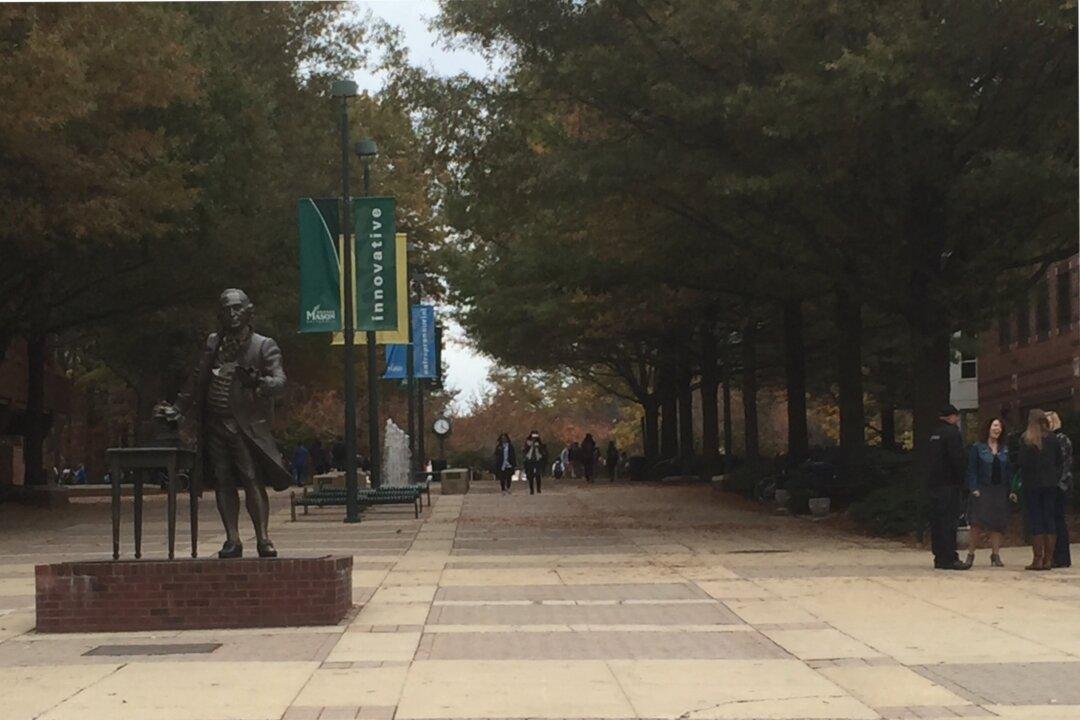Commentary
Does having a bevy of officers who push race, sex, and LGBT victim/oppressor theories on university students enhance or detract from their learning?

Does having a bevy of officers who push race, sex, and LGBT victim/oppressor theories on university students enhance or detract from their learning?